Emergency Plumbing Actions: What to Do If You Have an Emergency
Plumbing emergencies can strike at any time and often come without warning. Burst pipes, severe leaks, or an overflowing toilet are just a few of the issues that can disrupt your daily routine and potentially cause significant damage to your home. Knowing what to do in these situations can minimize damage and help get your system back to normal as quickly as possible. Here’s a practical guide on how to handle a plumbing emergency:
1. Emergency Plumbing: Shut Off the Water
The first step in any plumbing emergency is to stop the flow of water. Immediately locate and turn off the main water shutoff valve in your home. Most valves require you to turn them clockwise to close. If the problem is localized, such as a toilet or sink, you can turn off the water at the supply lines. These are usually found under the sink or behind the toilet. Stopping the water flow can prevent further damage and give you more control over the situation.
2. Emergency Plumbing: Check Your Water Heater
In a major emergency, it’s a good idea to turn off your water heater to prevent damage to the unit. Turn off the heater after you’ve shut off the main water valve to avoid heat build-up, which could lead to overheating or bursting. If you have a gas water heater, make sure you also turn off the gas supply to prevent leaks.
3. Emergency Plumbing: Tackle Small Leaks
If you notice small leaks, you can manage them temporarily by using towels, buckets, or tape. Teflon tape or plumber’s tape can be particularly useful for sealing minor leaks in pipes. Marking these leaks can also help the plumber identify the problem areas quickly when they arrive. Remember, these fixes are temporary, and a professional should address the underlying issue as soon as possible.
4. Emergency Plumbing: Open Drains and Spigots
After the main water valve is shut off, there will still be water left in your pipes. You can move this water away from potential damage areas by turning on any spigots that are outside your house. Similarly, use gravity to your advantage by opening the lowest drains in your home, such as those in a basement or on the ground floor.
5. Call a Professional Plumber
Once you’ve mitigated the immediate issues, contact a professional plumber immediately. If you have your choice choose a hero! Amped Plumbing offers 24/7 availability in your phone or somewhere accessible. Quick professional intervention is crucial in preventing further damage and restoring your plumbing system.
6. Document the Damage
While waiting for the plumber, take photos and make notes detailing the damage. This documentation can be invaluable when you need to file an insurance claim. Ensure you record the date, time, and extent of the damage as thoroughly as possible.
7. Stay Safe
During a plumbing emergency, keep your safety and that of your family in mind. Avoid using electrical appliances near standing water and be cautious of slipping on wet surfaces. If the situation involves sewage or contaminated water, evacuate the area to prevent health risks.
Conclusion
Handling a plumbing emergency efficiently requires quick thinking and immediate action. By following these steps, you can prevent extensive damage, reduce repair costs, and restore your home’s plumbing system with minimal disruption. Remember, when it comes to plumbing emergencies, the best course of action is always to call in the professionals.

